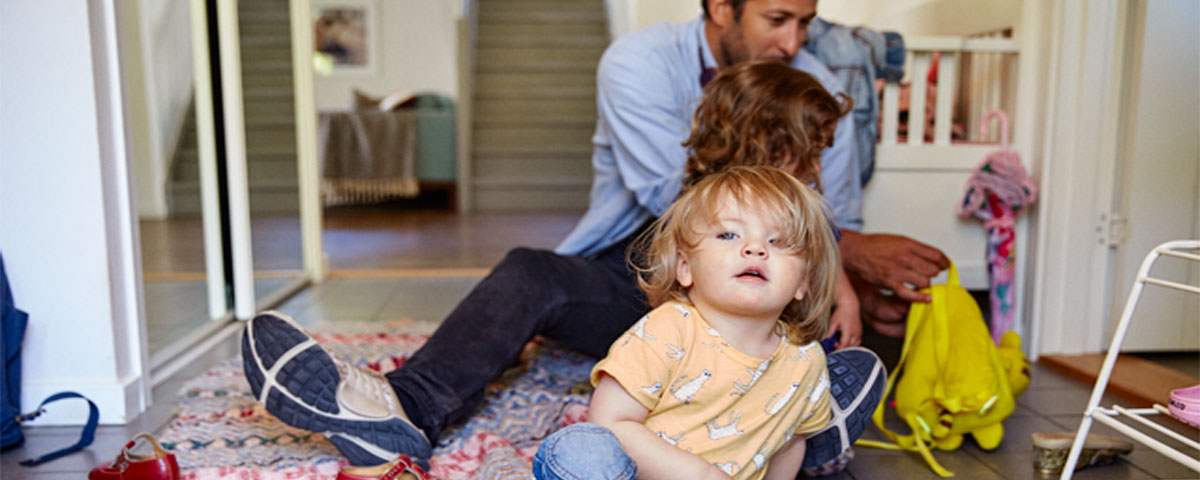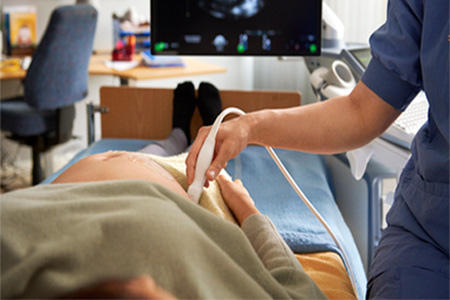Identical twins and fraternal twins – what’s the difference?
It is perhaps logical to assume that expecting two babies will feel twice as exciting – who are these little ones, and will they be identical or fraternal twins? Is it possible to find out the answer to the latter question before they are born?
The human twin birth rate varies in different parts of the world, with fraternal twins by far the most common type of twins born. But why do identical twins look alike, and what, from a purely genetic viewpoint, is the difference between identical and fraternal twins? Read on to find out!
How identical twins are conceived – the fertilisation process
Identical twins result from the fertilisation of a single egg that then splits into two. Quite a few eggs split into two during the first four days of pregnancy, in which case the foetuses each have their own placenta – otherwise they must share a single placenta. If the egg does not split into two until later – which is very unusual – they may also share the same amniotic sac (in which case they are also referred to as monoamniotic twins). In very rare cases, the egg actually splits into three, resulting in the birth of identical triplets. However, the reason why some fertilised eggs split into two (or three) has still not been found.
The gender and DNA of identical twins (H3)
Identical twins are largely genetically identical (in other words, they have the same DNA), and they are therefore very similar to each other, not only in appearance, height, etc. but also usually in terms of their patterns of movement and voices. Because they share the same genetic material, identical twins are also born with the same gender.
Identical twins’ fingerprints (H3)
One thing that identical twins do not actually have in common is their fingerprints. Although identical twins share the same genetic material and are alike in so many ways, their fingerprints are not the same. This is due to the fact that a person’s fingerprints are determined by more factors than simply his or her genes, for example the position of the child in the womb.
Do identical twins have similar personalities? (H3)
When it comes to personality and temperament, about half is governed by heredity and half by environment (in other words, events in life). This means that identical twins, given that they completely share the same genetic material, are naturally more likely to have similar personalities than fraternal twins and siblings in general. That said, there are many different factors that affect who we become, and all children – twins or not – can (and must be given the opportunity to) develop differently. It is also wise to ensure that you avoid constantly comparing your twins’ development, as doing so always means that one will be “ahead” and one will be “behind” – and it is nice for children to not have to hear such comparisons. All children develop at their own rate, regardless of whether they are twins or not.
How fraternal twins are conceived – the fertilisation process
Sometimes, two eggs are released during ovulation, and if these two eggs are fertilised by two separate sperm, the result is fraternal twins. The same principle applies to triplets or quadruplets (which are very rare). The likelihood of conceiving fraternal twins actually increases with age, as two eggs are released more often during the same menstrual cycle when women get older.
How alike are fraternal twins? (H3)
Twins that come from different eggs always have their own separate placentas and do not have the same DNA set. This means that fraternal twins can be born with different genders, and they are usually no more alike than other siblings.
Twins and heredity
If the person who is pregnant is herself a twin or has twins in her family, there may be a somewhat greater likelihood that she will give birth to fraternal twins, as ovulation with the release of several eggs is partly hereditary. The male genes, on the other hand, do not affect the chance of conceiving fraternal twins, although a man can pass on genetic predispositions to his daughter, so that she in turn has a higher likelihood of conceiving twins when the time comes.
There is less research available on identical twins, and it is therefore difficult to say whether the likelihood of conceiving identical twins is linked to hereditary factors – although the odd study has shown that women who were identical twins themselves had a greater likelihood of conceiving identical twins. When it comes to men, it has so far not been possible to see that male identical twins would pass on such a genetic predisposition.
Is it possible to find out if you are going to have identical or fraternal twins before the babies are born?
The ultrasound will show if you are going to have twins, but it can often be difficult to see if they are identical or fraternal twins. If the children are of different genders, you know for certain that they have come from two separate eggs, but otherwise it will simply have to be a wonderful surprise when they are born. Sometimes it is not even possible to tell when the babies are born, in which case it may be necessary to perform a DNA analysis to be absolutely certain. There are relatively simple methods of DNA analysis available, whereby a tissue sample is taken from the child’s mouth. Naturally this is completely voluntary and your own decision, and it is therefore likely that you will have to pay for the analysis yourself, although you must of course find out what rules apply in the country where you live. In general, it is much more likely that the babies will have come from two separate eggs as, barring pregnancies resulting from assisted reproduction, around 70% of all twins born are fraternal twins.
Is it twice as hard to carry twins?
It is probably no exaggeration to say that it is much harder to carry two children than one. Your belly gets bigger and grows faster – even if the babies inside are often a little smaller when they are born – and the nausea you experience can be a lot more troublesome. At the same time, having twins is a completely unique experience that not many people get to be part of. For anyone expecting twins, here is a link to an article in which we have gathered tips on everything from pregnancy and labour with twins to mental preparation.
Please note that all information above is based on Swedish recommendations.



